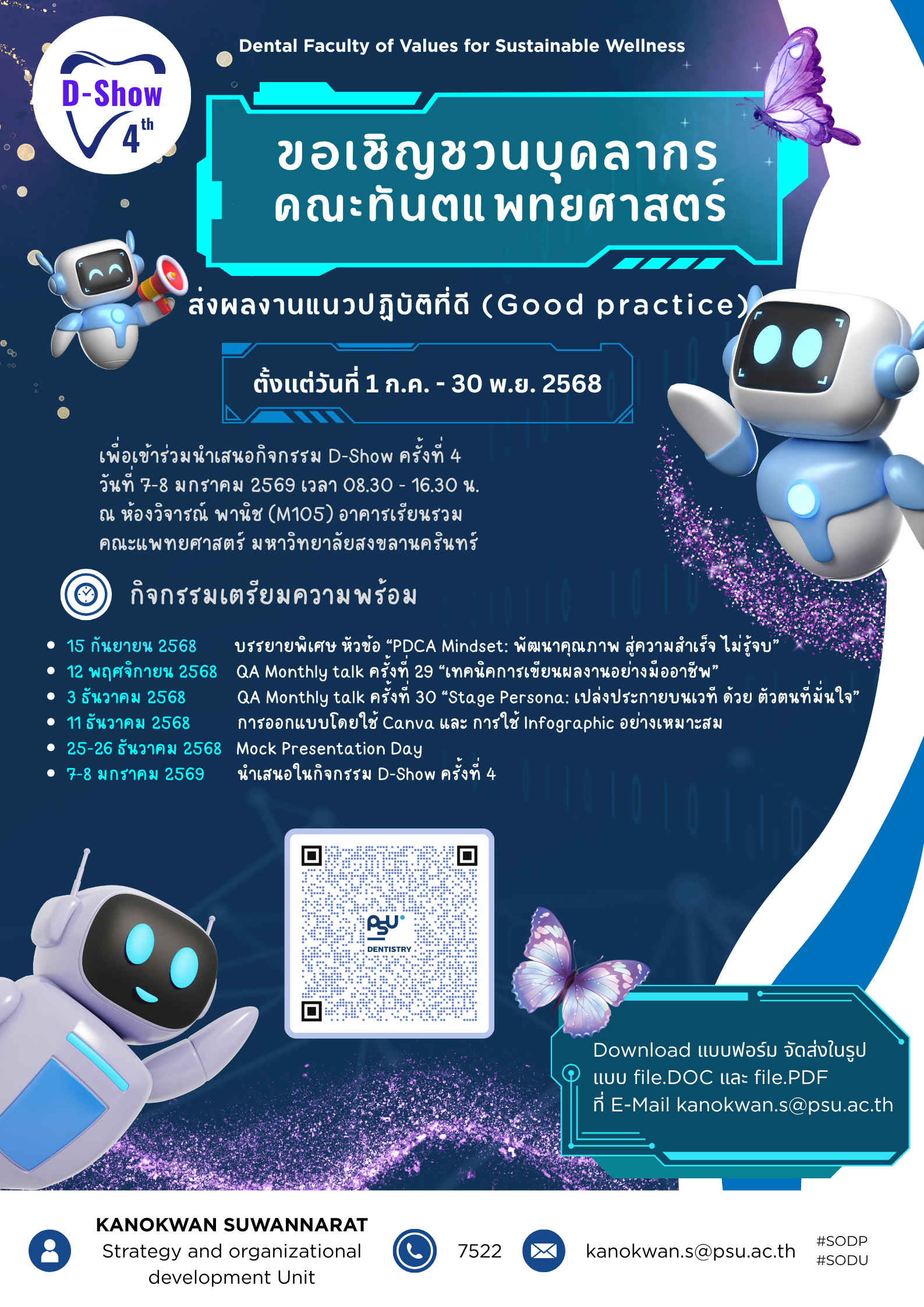Knowledge Management Process is the various steps or methods for collecting, maintaining, sharing, and applying knowledge. Organizations should design effective knowledge management processes. Suitable for the context and specific needs of the organization.
The general knowledge management process can be divided into 7 steps as follows:
- Knowledge Identification
This step is to find out what knowledge the organization has, in what form, from whom, and what knowledge the organization needs to have. Make the organization aware of what knowledge is lacking. or knowledge mapping (Knowledge Mapping) to find out what knowledge is important for the organization Then prioritize those knowledge. So that the organization can set the boundaries of knowledge management and be able to allocate resources efficiently and effectively.
- Knowledge Creation and Acquisition
From the knowledge map The organization will know whether the required knowledge exists or not. If so, the organization must find methods for drawing knowledge from various sources. that may be scattered and gathered together to create content that is appropriate and meets the needs of users For knowledge that is required but is not yet available Organizations may create knowledge from existing knowledge. Or you can use knowledge from outside the organization.
The key factors that make this process successful are: An atmosphere and culture of the organization that encourages personnel to actively exchange knowledge with each other for use in creating new knowledge all the time. In addition, the information system helps personnel to exchange knowledge from each other quickly and to seek New knowledge from outside can be acquired more quickly.
- Organizing knowledge into a system (Knowledge Organization)
When you have the desired knowledge content The organization must organize knowledge into a system. So that users can search and put such knowledge to use. Organizing knowledge into a system means Preparation of table of contents and store various types of knowledge for collecting searches Implementation is quick and easy.
For example, the classification or classification of knowledge depends on how the person uses it. And what are the working characteristics of personnel like? Generally divided into the following
· Expertise or expertise of personnel, such as creating a list of experts.
· Topic/ Subject
· Duties/processes
· Type of product, service, market or customer group, etc.
- Knowledge Codification and Refinement
In addition to preparing a systematic table of contents of knowledge, organizations must compile knowledge into formats and language that are easy to understand. and easy to use This may be done in many ways:
· Creating or improving the format of documents to be of the same standard throughout the organization. Makes data entry, storage, search and use convenient and fast.
· Using the same “language” throughout the organization. by creating a glossary of definitions The meaning of various words that each department uses in their operations to ensure a common understanding. It must be constantly updated and must be easy for users to find and use quickly.
· Compiling, editing, and improving content to be of good quality in various aspects such as complete, accurate, up-to-date, consistent and meets the needs of users.
- Access to knowledge (Knowledge Access)
Organizations must have methods for storing and distributing knowledge so that others can use it. In general, there are 2 types of knowledge distribution to users:
- “Push” (knowledge input) is sending information/knowledge to the recipient without the recipient requesting it, such as sending circular letters informing about various activities. or information about the organization’s products or services
- “Pull” (providing the opportunity to use knowledge) is when the recipient can choose to receive or use only the information/knowledge they want. This helps reduce the problem of receiving too much information/knowledge that is not needed. Organizations should create a balance between “Push” and “Pull” knowledge distribution for the maximum benefit to users of information/knowledge.
- Sharing and exchanging knowledge (Knowledge Access)
Explicit knowledge sharing, popular methods such as documenting Create a knowledge base Or creating the Yellow Pages by using information technology to make knowledge accessible more easily and quickly.
Tacit knowledge sharing can take many forms depending on organizational needs and culture. Most often, a combination of methods is used so that data users can choose and use at their convenience. The main methods are as follows.
- Cross-functional team
- lnnovation &Quality Circles(IQCs)
- Learning community Community of Practice or CoP
- Mentoring System
- Switching work lines (Job Rotation) and borrowing personnel to help with work (Secondment)
- A forum for exchanging knowledge (Knowledge Forum)
- Learning (knowledge Access)
The most important objective in knowledge management is Learning from personnel and applying that knowledge to decision making, solving problems and improving the organization. That is, if any organization has good methods for defining, collecting, selecting, transferring, and sharing knowledge, If personnel do not learn and use it, it is a waste of time and resources. As Peter Senge said, “Knowledge is the ability to do anything effectively.”
The learning of personnel will create new knowledge. This will add more and more to the organization’s existing knowledge. This knowledge will then be used to create new knowledge in an endless cycle. It is called the “Learning Cycle”.
which the knowledge cycle Starting from the body of knowledge and then moving on to the application of the knowledge. When the knowledge is applied, it will create learning and experience.
